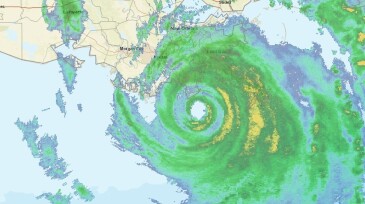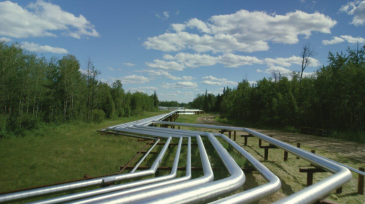shut-ins
-
The late-season hurricane caused damage across western Cuba and now is setting its sights on the US Gulf of Mexico.
-
As Hurricane Francine bore down on the central Louisiana coast, production in the Gulf of Mexico took a hit.
-
The Norwegian platform was taken off line as a precaution after an undersea earthquake shook the area.
-
Repairs to hurricane-damaged West Delta 143 platform are progressing ahead of original schedule.
-
Damage reports and spill issues surface as operators work to bring production from the GOM back on line.
-
Based on the early results from mass shut-ins of shale wells, it did not harm long-term production and it paid a short-term dividend with more oil flowing in the days after restarting.
-
Oil sands producers predicted they could reduce production by 300,000 B/D by turning down steam injection. This will test methods to reduce, rather than stop, injection to avoid the damage caused by rapid cooling in some wells.
-
When oil demand vaporized, oil sands producers cut 300,000 B/D of production from wells using steam injection to produce bitumen. It is a huge test of something they have long been reluctant to do—turn down in-situ production when prices plunge.
-
The good news is 95% of the oil companies in Texas are expected to survive 2020, which means there is a lot of bad news to endure.
-
The Permian Basin is now influencing the upstream water market on the way down, while many questions swirl around the implications of unprecedented shut-ins.
Page 1 of 2









